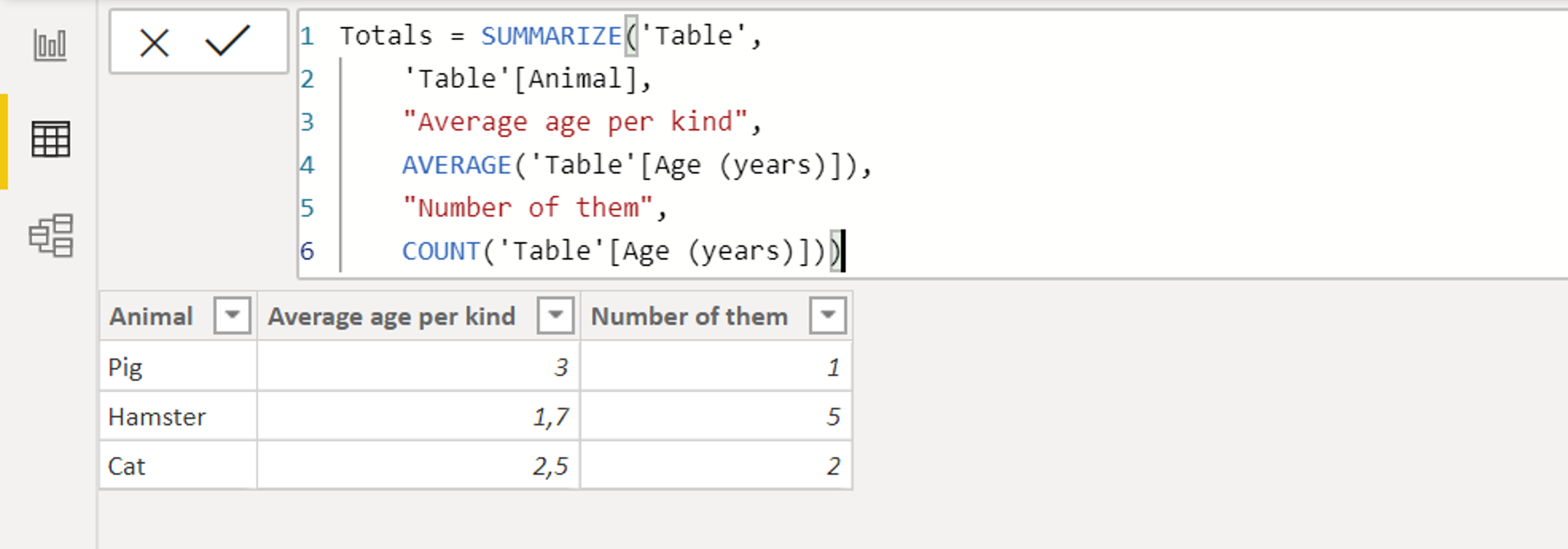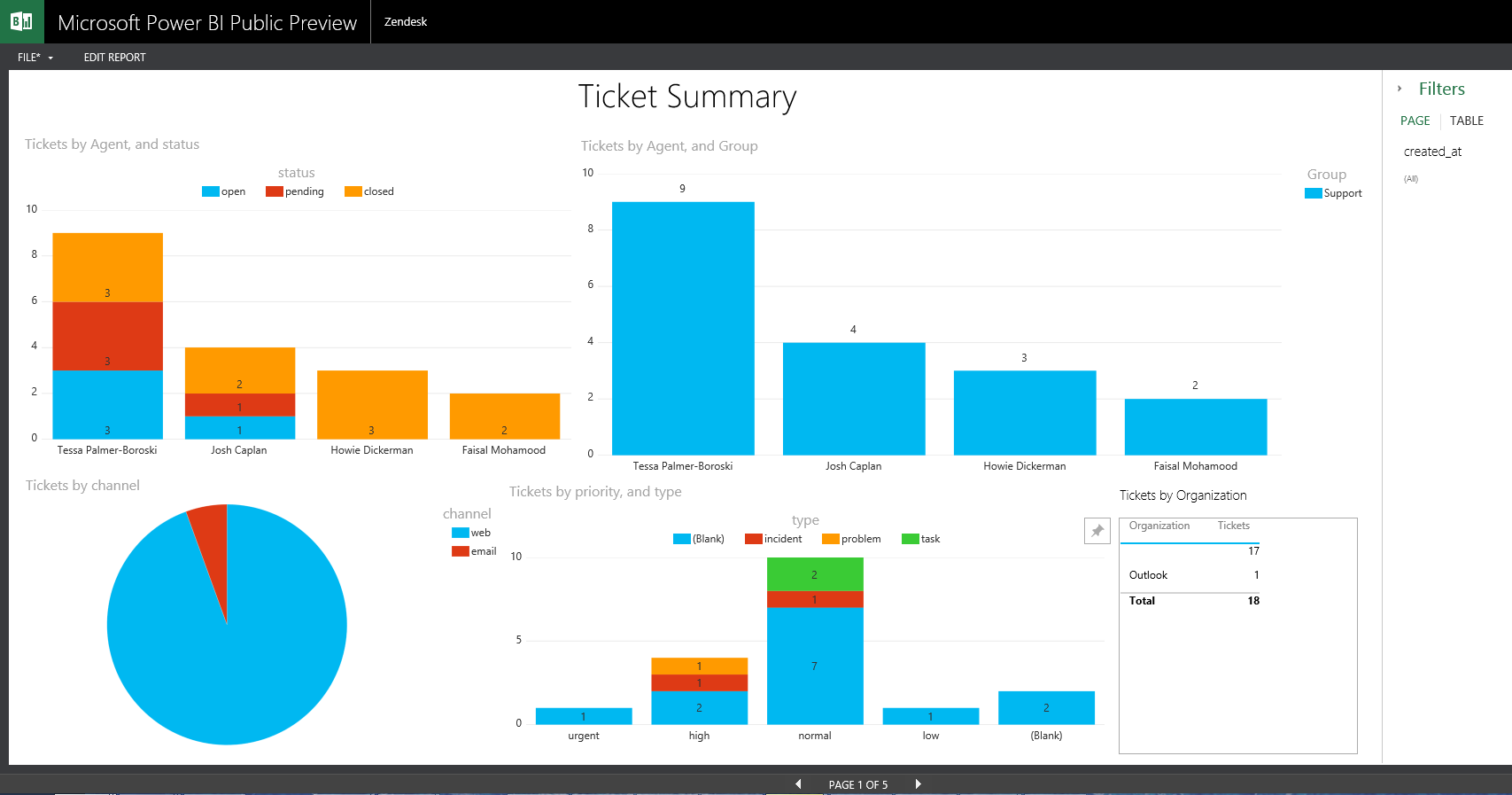

We introduce the concepts one step at a time: first clustering, then the role of expanded tables in clustering, and finally the effect of the presence of both a row and a filter contexts in the same formula. In order to correctly understand SUMMARIZE you must understand how clustering works, what impact the presence of both a row and a filter context has, and the role of expanded tables in clustering.

It could be even worse: The results might seem correct during the first tests, and yet this might only mean that SUMMARIZE is silently waiting to stab you in the back, by producing an incorrect result – nearly impossible to debug – as soon as you go in production. The thing is that the semantics of SUMMARIZE are so convoluted that the results might be unexpected. It is not that these functionalities do not work. The other two operations – creating new columns and computing subtotals – should be avoided. Out of the three main operations of SUMMARIZE, only the first one is safe.

It can group a table by any column, of the table itself or of related tables.Then, in 2016 SUMMARIZE abdicated its role as query king, leaving the throne to the easier and more powerful SUMMARIZECOLUMNS.īeing designed as a querying function, SUMMARIZE performs several operations: SUMMARIZE was the main query function in DAX to produce reports for a few years. Still, there is value in being aware of the details. Once you have digested the content of this article, you are likely to no longer use SUMMARIZE to compute expressions. If this is the case, then the goal of this full article is to explain exactly how SUMMARIZE works and why using it to compute new columns is a bad idea. With that said, you might be a curious reader: you might want to understand why best practices are indeed best practices. We understand how SUMMARIZE works but we do not want your code to return inaccurate results, just because you use a function without understanding when its result might be different from the result you expected. Open your existing DAX code, search for SUMMARIZE and if you find that you are using SUMMARIZE to compute new columns, add them instead by using ADDCOLUMNS.Īt SQLBI we are so strong on this position that we deliberately omitted a part of the detailed description of the behavior of SUMMARIZE in our book. If you are using SUMMARIZE to calculate new columns, stop. If you like to follow best practices, you can just read this paragraph out of the entire article.


 0 kommentar(er)
0 kommentar(er)
